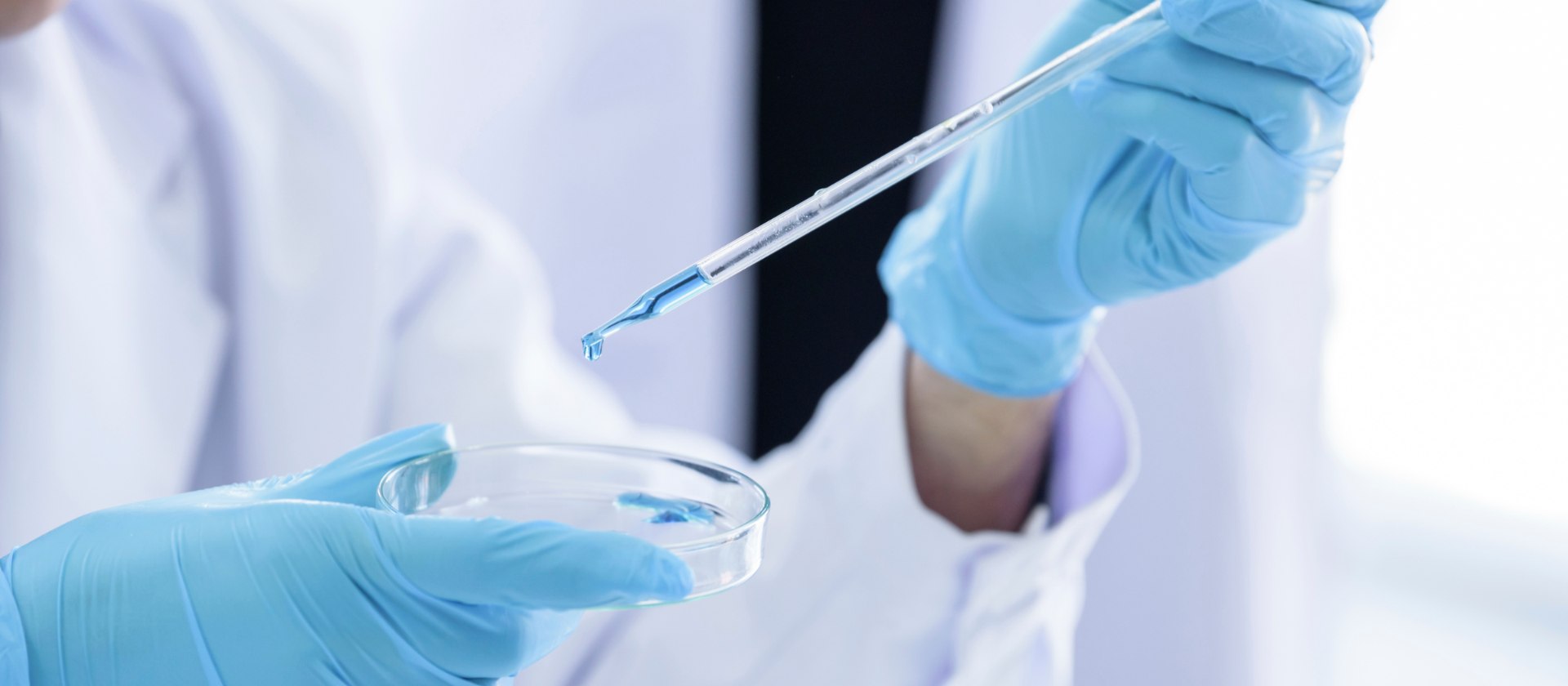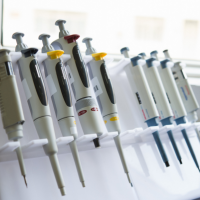- Do not lay your pipettor down.
- Fluid can run into the barrel of the pipette as it can lead to sample loss and damage to the pipette itself.
- Do not reuse tips.
- This is especially important if you have used a tip to aspirate a different reagent. When in doubt, always use a new pipette tip.
- Do not adjust the volume beyond the upper or lower range as indicated on the pipette.
- Do not let the plunger snap back after aspirating or dispensing liquid.
- The liquid can flood the barrel and contact the piston, creating a “fountaining” effect.
What is an Aseptic Pipetting Technique?
A Rundown of How Scientists Make the Best of their Working Environments
In an ideal world, every scientist’s workspace would be completely sterile. Though it’s not possible to achieve that, aseptic pipetting techniques and general aseptic techniques are used to get as close as possible to a highly sterile working environment.
An aseptic pipetting technique is designed to reduce contamination of a pipette and the liquid within it. Standard aseptic pipetting techniques include placing the test tubes that house reagents in front of a flame to decontaminate them, repeating this process for each test tube used. This eliminates pipette-to-sample bacterial contamination and mixed culture in cell culture procedures.

Methods of Aseptic Pipetting:
- Disinfecting your lab work surface
- Creating sterile working areas using heat from a Bunsen Burner
- Limiting uncapping cultures and other samples
- Using a sterile container, flask, plate, petri dish, and/or bottle
- Limiting contact of sterile instruments and non-sterile surfaces
- Keeping Petri dishes covered when not in use
- Avoiding exhaling on or near cultures or sterile instruments
- Working within a laminar flow hood with a HEPA filter and a UV light
- Working within a cell culture hood (for cell culture procedures)
Using these various methods in conjunction with your aseptic pipetting technique will get you very close to a highly sterile working environment so you can be confident that your instruments, your samples, and your environment remain uncontaminated.
How do I Maintain Sterile Pipettes and a Sterile Work Environment?
Though some samples, such as cell cultures in molecular biology, are more sensitive to contamination, practicing aseptic techniques in your laboratory ensures that contamination of the environment and the sample itself is always minimized regardless of the sample type or volume involved in every lab procedure.





